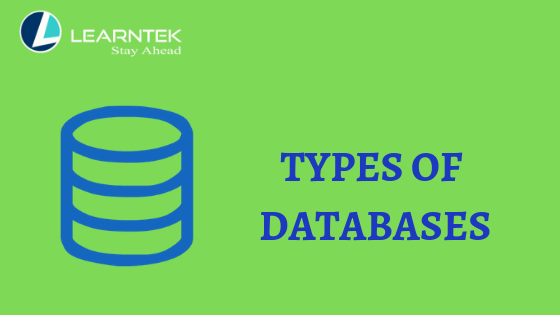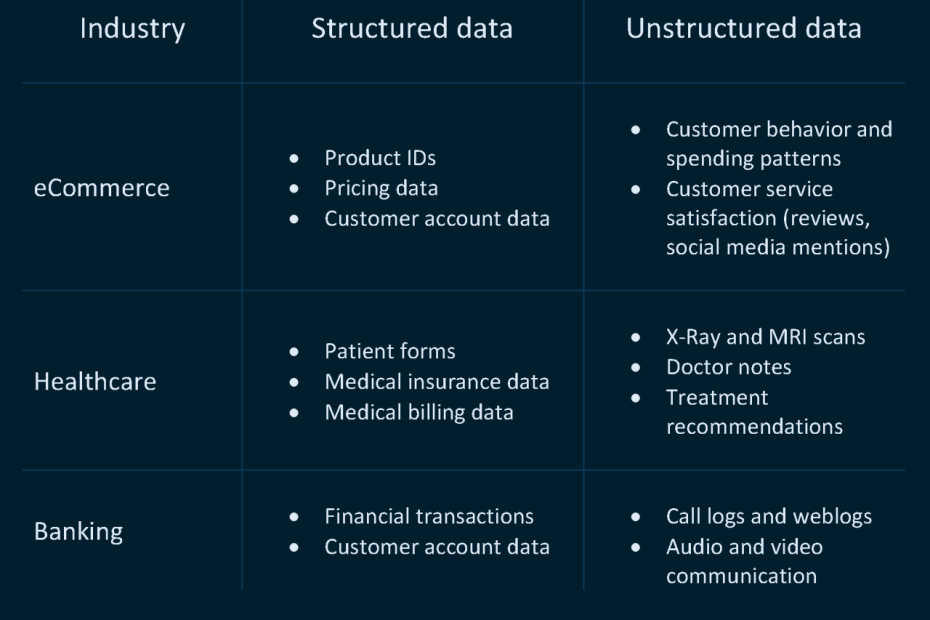Bạn đang muốn tìm hiểu thông tin về chủ đề “Database Design – What is the Terminology for these Two methods of storing data and what are the Pros Cons of each”. chuyenphatnhanhdhlvn.com sẽ tổng hợp các thông tin để trả lời thắc mắt cho các bạn trong bài viết này. Mời các bạn đọc hết bài viết này để tìm được những thông tin mà mình muốn xem nhé. Bạn cũng có thể xem thêm một số bài viết chủ đề khác tại đây: chuyenphatnhanhdhlvn.com/blog Relational database design, Components of a relational database, Database design best practices, Database design for multiple product types, What is the purpose of the database design, In the relational database model, Relational Database la gì, Relational database Management System.
Xem thông tin về Database Design – What is the Terminology for these Two methods of storing data and what are the Pros Cons of each
Thông tin về câu hỏi
- Câu hỏi: Database Design – What is the Terminology for these Two methods of storing data and what are the Pros Cons of each
- Thời gian hỏi: Hỏi 93 Phút Trước
- Thời gian trả lời: Trả lời lúc 27 Ngày Trước
- Số lượt xem: 4925
Database Design – What is the Terminology for these Two methods of storing data and what are the Pros Cons of each
The two main methods of storing data in a database are:
- Relational Database Management System (RDBMS):
This method stores data in tables, where each table represents a particular entity or relationship between entities. Tables are related through keys, such as primary and foreign keys. RDBMSs typically use SQL (Structured Query Language) to retrieve and manipulate data.
Pros:
- Data is stored in a structured manner, making it easier to manage and organize
- Queries can be written to extract data in a precise manner
- Data is normalized, reducing redundancy and improving data consistency and accuracy
Cons:
- RDBMSs can be complex and difficult to set up
- Large databases can be slow to query
- Scaling can be challenging
- NoSQL Databases:
This method stores data in a flexible and unstructured manner. Instead of tables, NoSQL databases use collections, documents, and key-value pairs to store data. NoSQL databases can be categorized into four main types: document-oriented, key-value, graph, and column-family.
Pros:
- NoSQL databases can handle large amounts of unstructured data
- They are more flexible and scalable than RDBMSs
- They can be faster for certain types of queries
Cons:
- NoSQL databases are less structured, which can lead to data inconsistencies and errors
- Queries can be less precise due to the lack of a predefined schema
- NoSQL databases typically have less robust tooling and community support compared to RDBMSs.
Xem video liên quan đến Database Design – What is the Terminology for these Two methods of storing data and what are the Pros Cons of each
7 Database Design Mistakes to Avoid (With Solutions)
What are the two types of data stored by the database system?
The two types of data stored by a database system are:
-
System Data: This includes information about the database itself, such as its schema, table definitions, indexes, and other metadata. System data is used by the database management system (DBMS) to manage and control access to the database.
-
User Data: This includes the actual data that is stored in the database, such as records, rows, and columns. User data is typically organized into tables or other structures, and can be manipulated using SQL (Structured Query Language) or other database query languages. User data is created, modified, and deleted by users or applications that access the database.
What is the advantages and disadvantages of databases?
Advantages of Databases:
-
Data Consistency: Databases ensure that the data stored in them is consistent, accurate and up-to-date, by enforcing rules and constraints that prevent invalid data from being entered.
-
Efficient Data Retrieval: Databases allow for efficient and quick retrieval of data, using query languages such as SQL. This makes it easy to access specific data and generate reports or summaries.
-
Data Security: Databases provide security features to protect data from unauthorized access, by using encryption, access controls and authentication mechanisms.
-
Improved Data Sharing: Databases allow multiple users to access the same data simultaneously, without causing conflicts or inconsistencies.
-
Data Integrity: Databases enforce rules and constraints that ensure data is valid and consistent, even if multiple users are accessing and modifying it.
Disadvantages of Databases:
-
Cost: Databases can be expensive to implement and maintain, due to the need for hardware, software licenses, and skilled personnel.
-
Complexity: Databases can be complex to design, implement and maintain, requiring a high level of technical expertise.
-
Scalability: Databases can be difficult to scale up or down, especially if the database design is not optimized for scalability.
-
Data Redundancy: Databases can sometimes result in data redundancy, where the same data is stored in multiple places, leading to data inconsistencies and wasted storage space.
-
Dependency: Databases can create a dependency on the software and hardware used to run them, making it difficult to switch to alternative solutions or migrate to new systems.
What is database and its terminologies?
A database is a structured collection of data that is organized in a way that allows for efficient storage, retrieval, and manipulation of data. Databases are used to store and manage data for a variety of applications, such as web applications, business systems, scientific research, and more.
Here are some key terminologies related to databases:
-
Tables: Tables are the basic unit of organization in a database. They contain rows and columns, and each row represents a single record or entity in the database.
-
Fields/Columns: Columns in a table represent specific pieces of data, such as a person’s name, address, or email address.
-
Rows/Records: Each row in a table represents a single record or entity in the database. For example, a table of customers might have a row for each customer, with columns for their name, address, phone number, and other relevant information.
-
Primary key: A primary key is a unique identifier for each record in a table. It is used to ensure that each record can be uniquely identified and retrieved.
-
Foreign key: A foreign key is a field in one table that refers to the primary key in another table. This is used to establish relationships between tables and ensure that data is consistent across the database.
-
Index: An index is a data structure that is used to speed up searches and queries in a database. It allows for faster retrieval of data by creating a separate, optimized data structure that can be searched more quickly than the original data.
-
SQL: SQL (Structured Query Language) is the most common language used to interact with databases. It is used to create tables, insert, update, and delete data, and query data from the database.
Hình ảnh liên quan đến Database Design – What is the Terminology for these Two methods of storing data and what are the Pros Cons of each
Tìm thấy 16 bài viết phù hợp chủ đề Database Design – What is the Terminology for these Two methods of storing data and what are the Pros Cons of each.


Bạn có thể xem thêm một số thông tin liên quan đến Database Design – What is the Terminology for these Two methods of storing data and what are the Pros Cons of each tại đây
- Database Design Best Practices | Lucidchart Blog
- Database Data Types – Teach Computer Science
- Advantages And Disadvantages Of Database – NCERT Books
- Database Terminology and Concepts
- Top-down vs. Bottom-Up Object Database Design
- What is a Relational Database? – TechTarget
- Chapter 9 – Designing the Database – Cerritos College
- Database Design in a Microservices Architecture – Baeldung
- Chapter 1 Before the Advent of Database Systems
- 5.6 Databases
- Relational Database Benefits and Limitations (Advantages …
- Data Warehouse vs Database: Comparing Common Data…
- What Are the Different Types of Databases? | Indeed.com
- Data Warehouse vs. Database: 7 Key Differences – Integrate.io
Bình luận của người dùng về câu trả lời này
Có tổng cộng 565 bình luật về câu hỏi này. Trong đó:
- 736 bình luận rất tuyệt vời
- 426 bình luận tuyệt vời
- 429 bình luận bình thường
- 173 bình luận kém
- 78 bình luận kém rém
Vậy là bạn đã xem xong bài viết chủ đề Database Design – What is the Terminology for these Two methods of storing data and what are the Pros Cons of each rồi đó. Nếu bạn thấy bài viết này hữu ích, hãy chia sẻ nó đến nhiều người khác nhé. Cảm ơn bạn rất nhiều.
